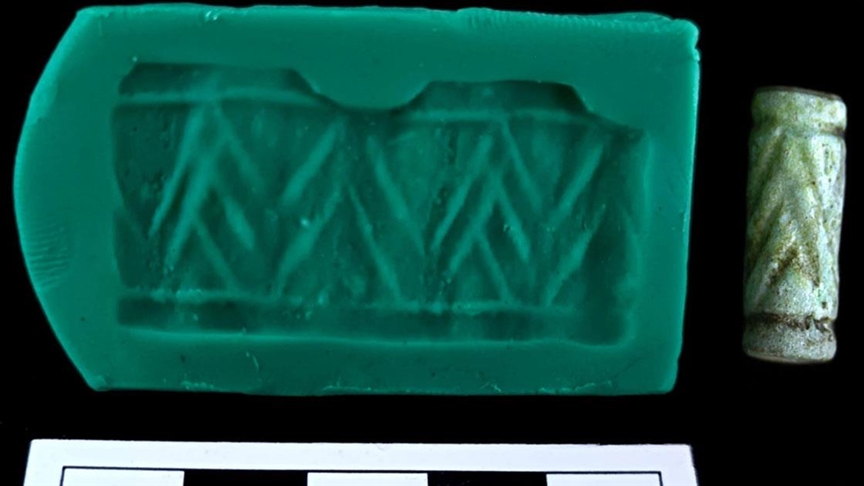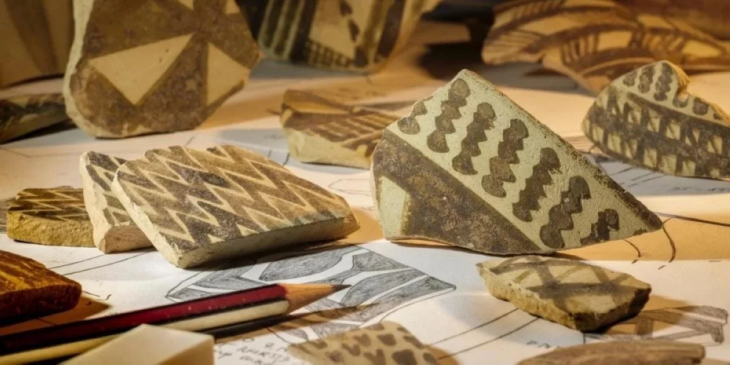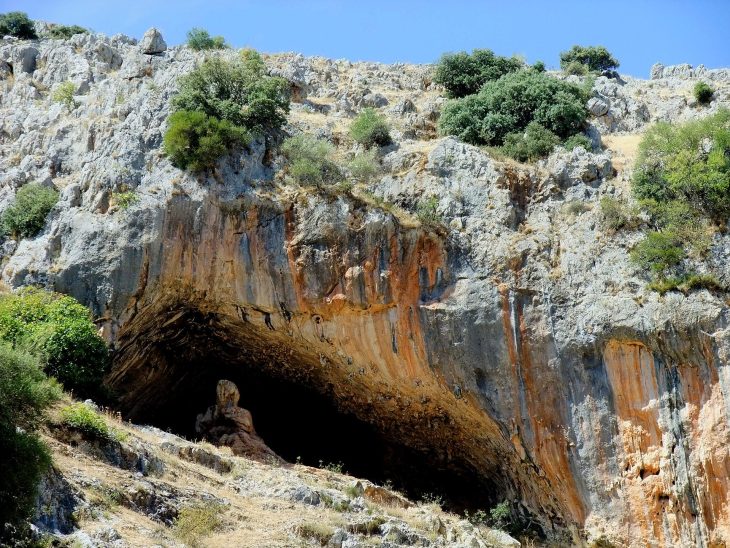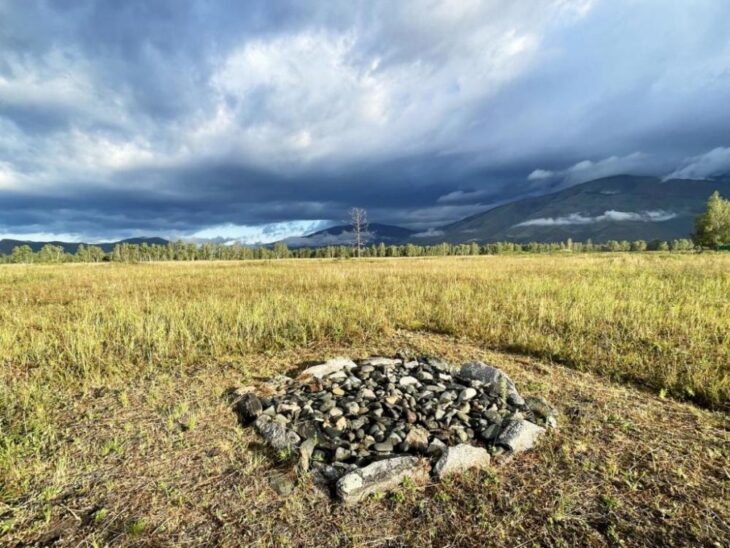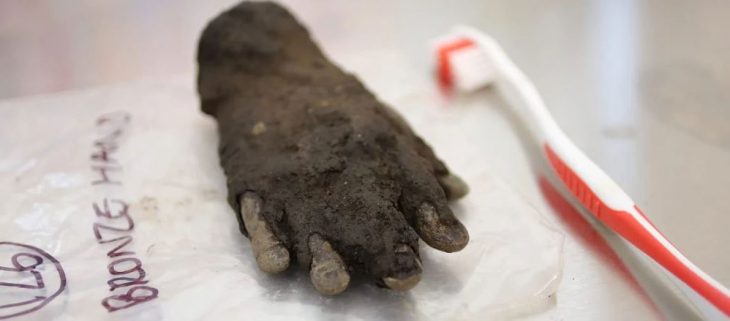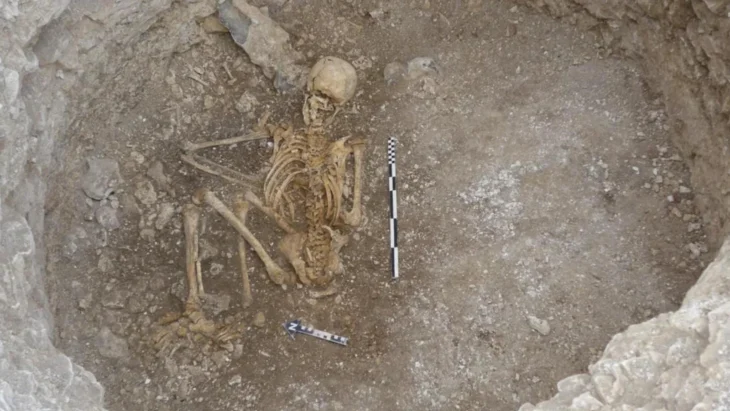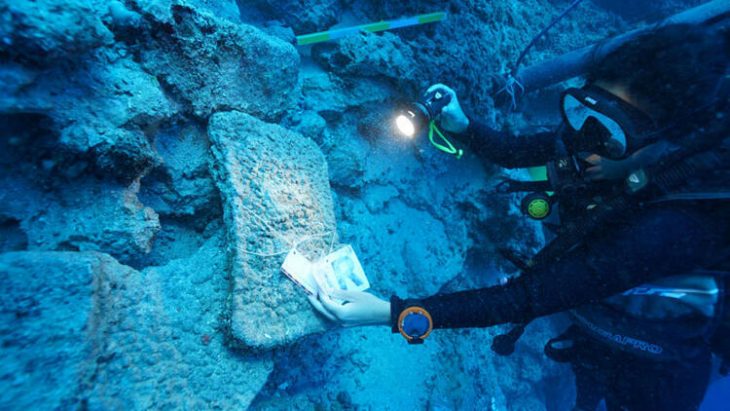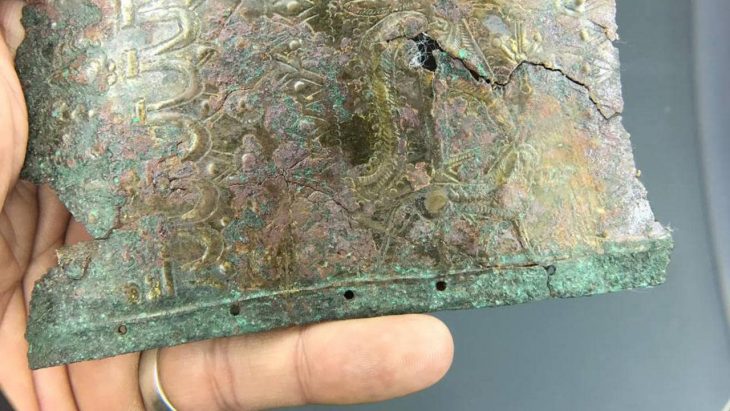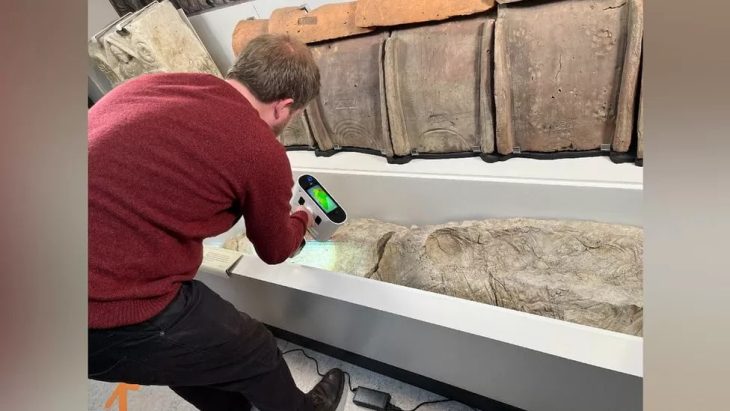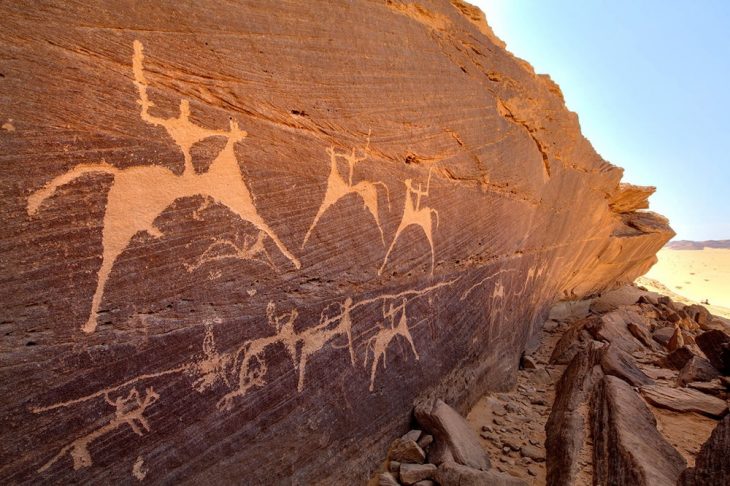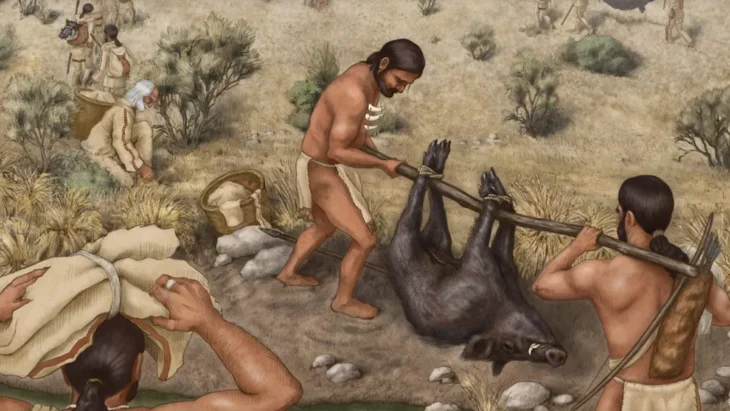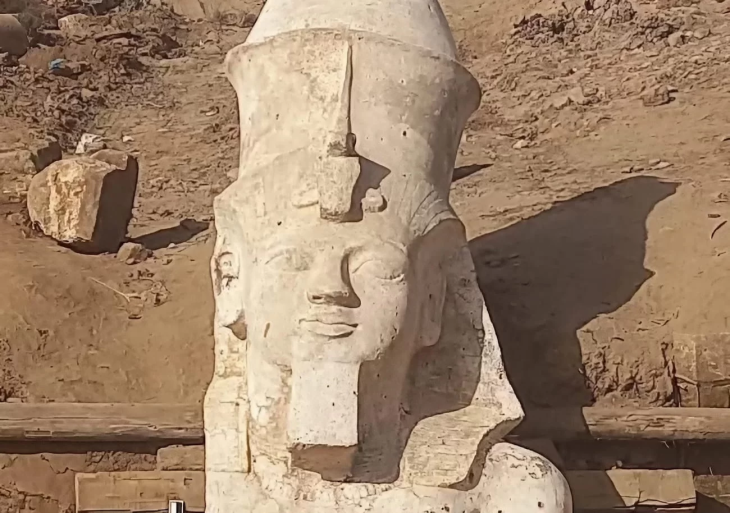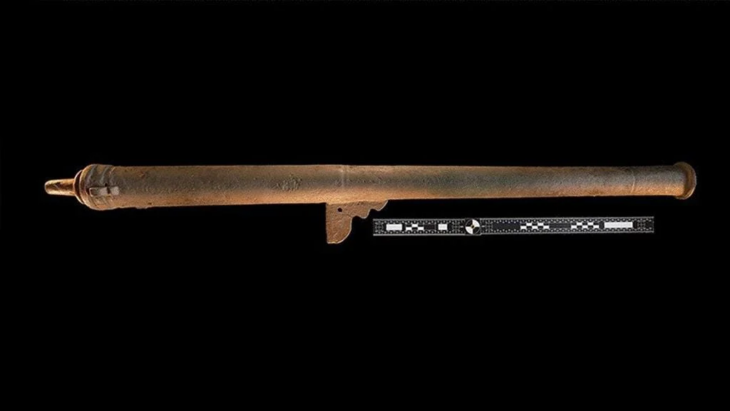4,000-year-old seal were found at the Tavşanlı Mound (or Tavşanlı Höyük) in Türkiye’s Kütahya province—located in the west of the Anatolian peninsula.
Dubbed the “Heart of Kütahya” over its shape detected through aerial footage, the “Tavşanlı Mound” located in the namesake district is unearthed through the cooperation of the Ministry of Culture and Tourism and Bilecik Şeyh Edebali University (BŞEU), along with the support of the Tavşanlı Municipality.
According to archaeologist Erkan Fidan at Bilecik Şeyh Edebali University, who led the research, the mound is the oldest settlement in the area, and likely served as the capital of the region in the Bronze Age.
Evidence suggests there was a large-scale attack on the city around 1700 B.C. that resulted in the entire settlement being burned to the ground.
This year’s excavations yielded important findings. Among them, a 4000-year-old clay seal made of faience stands out.
📣 Our WhatsApp channel is now LIVE! Stay up-to-date with the latest news and updates, just click here to follow us on WhatsApp and never miss a thing!!
The material defined as faience in the Second Millennium BC is terminologically different from its current meaning. In the II Millennium BC, faience was obtained by coating a lumpy (consolidated, sintered) quartz core/body with glaze. Faience were probably produced simultaneously in the Near East and Egypt in the IVth millennium BC.
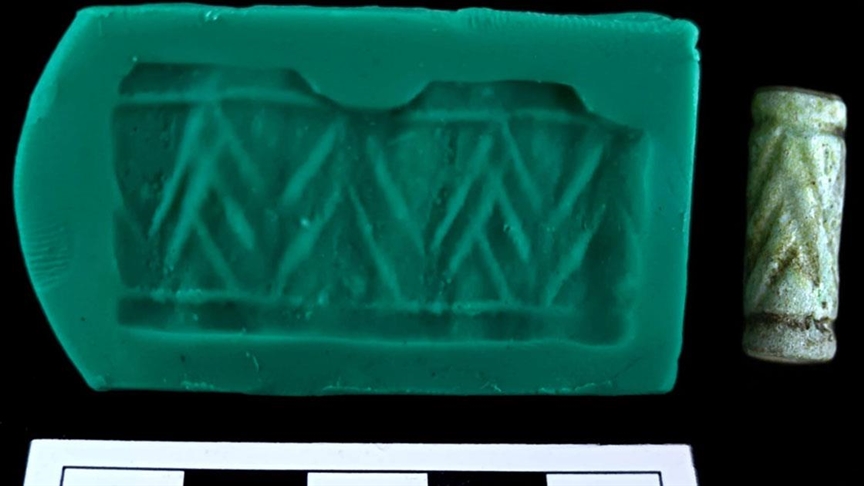
In the first half of the Second Millennium BC, following the end of the Early Bronze Age, Anatolia transitioned socially and culturally to a period of more intensive long-distance trade. This period is defined as the Assyrian Trade Colonies.
The fact that faience seals were previously found in Kültepe and Acemhöyük, the great trade centers of Central Anatolia, makes this find even more exceptional. This finding is very important as it reveals that faience cylinder seals were also present in Western Anatolia in the early period.
This seal stands out as an important discovery that proves the existence of new trade routes between east and west.
This seal made of faience shows that Tavşanlı Höyük was not only a settlement but also an important center of trade and cultural interaction. The fact that these seals are usually found in large trade centers proves that the region was part of the economic networks of antiquity.
This ceramic seal is considered not only as a trade object but also as a symbol emphasizing the place and importance of Western Anatolia in the ancient world.
Cover Image: Bilecik Şeyh Edebali University (BŞEU)

